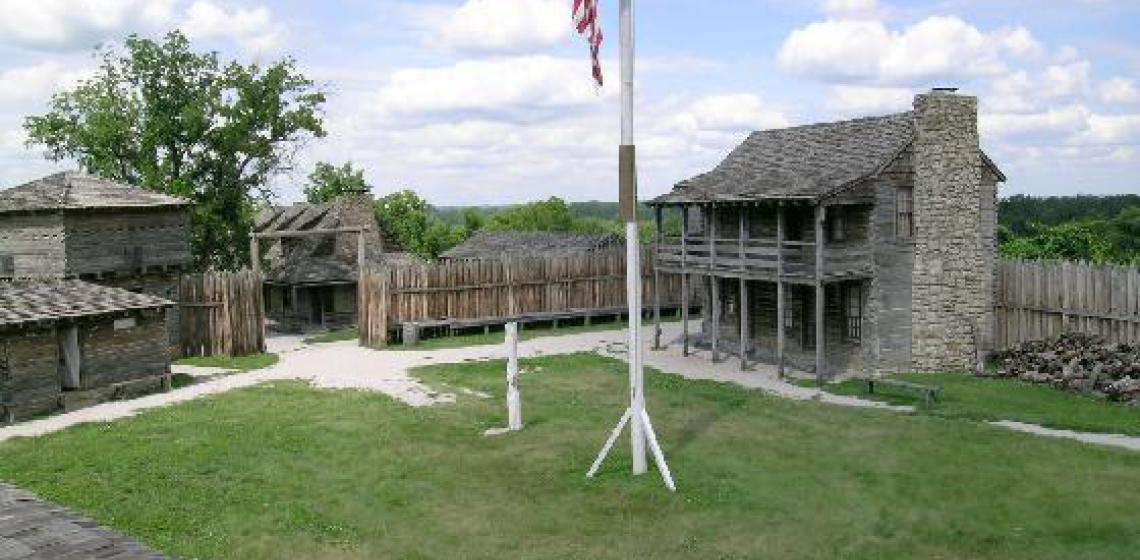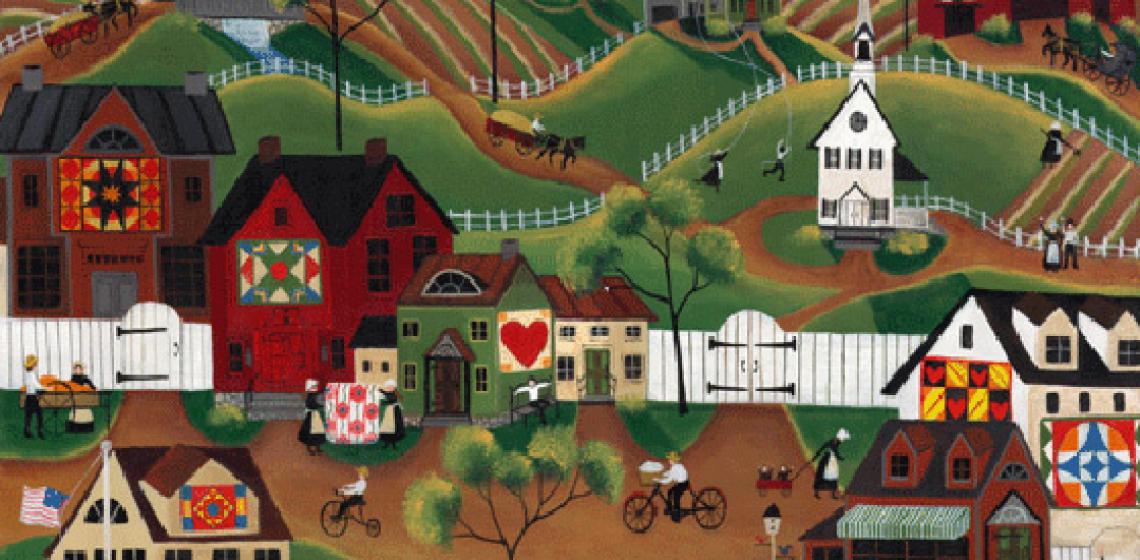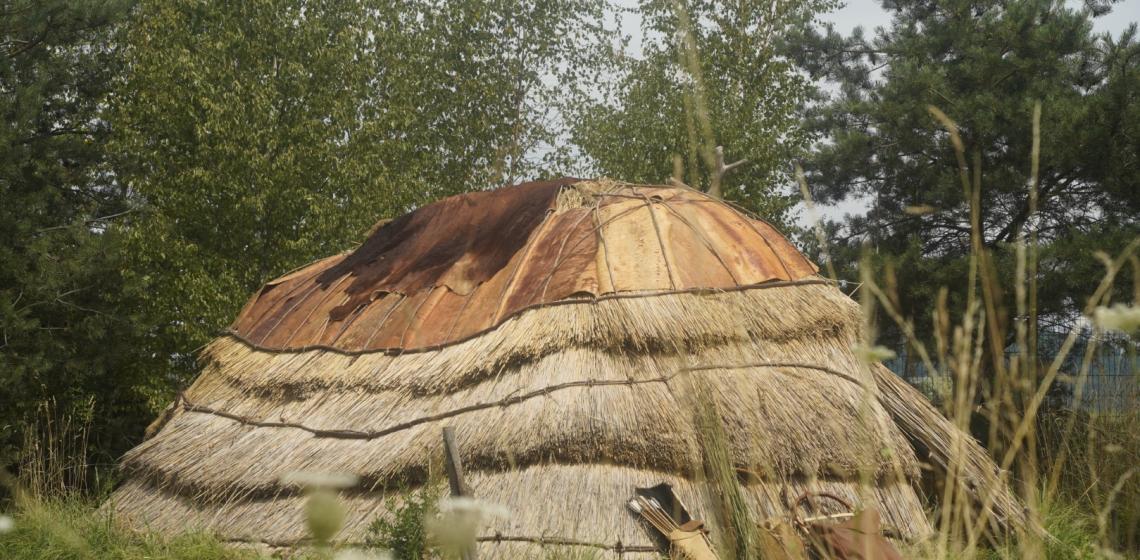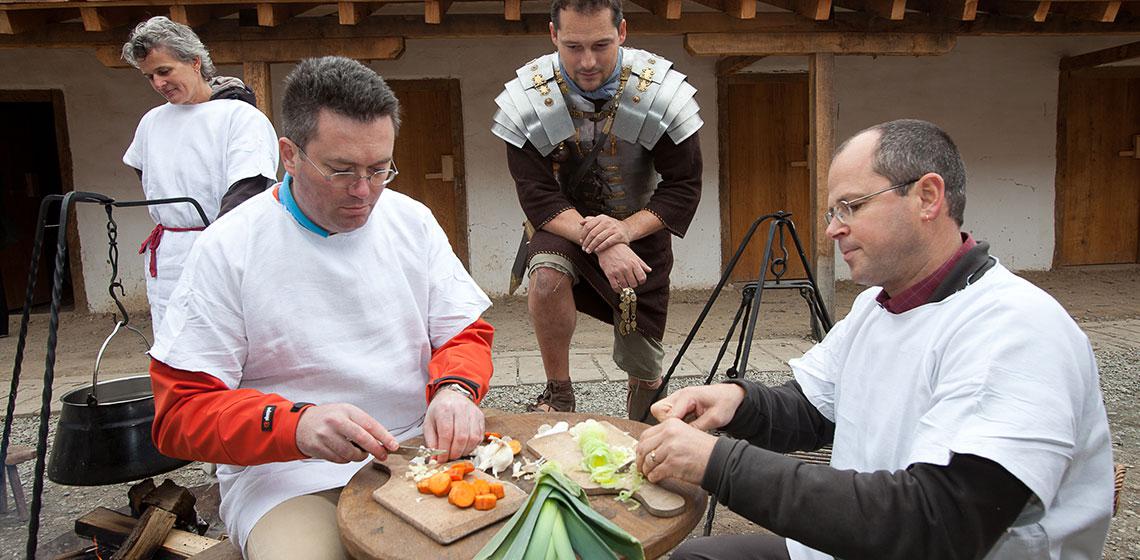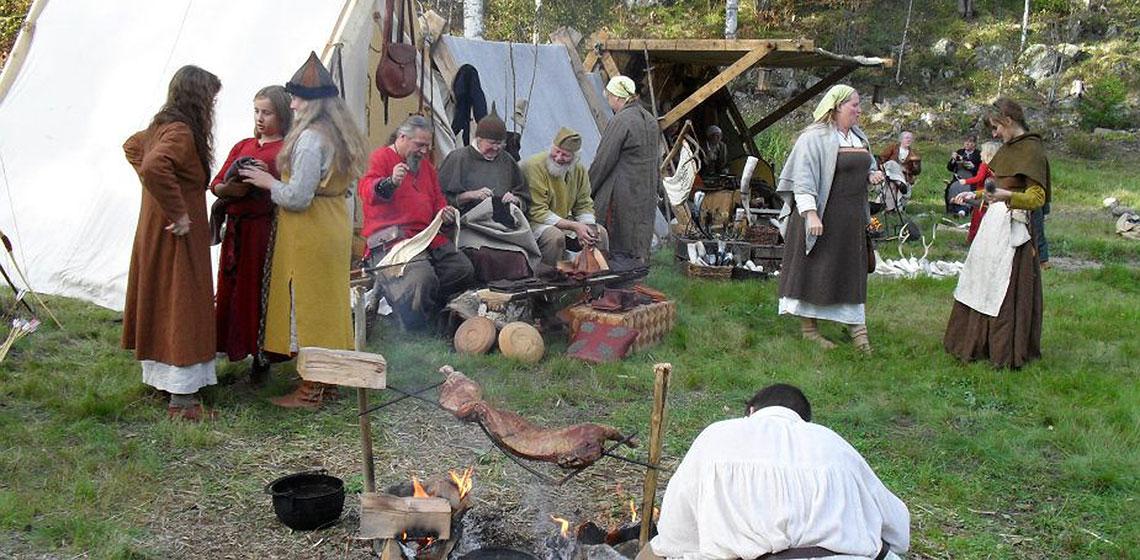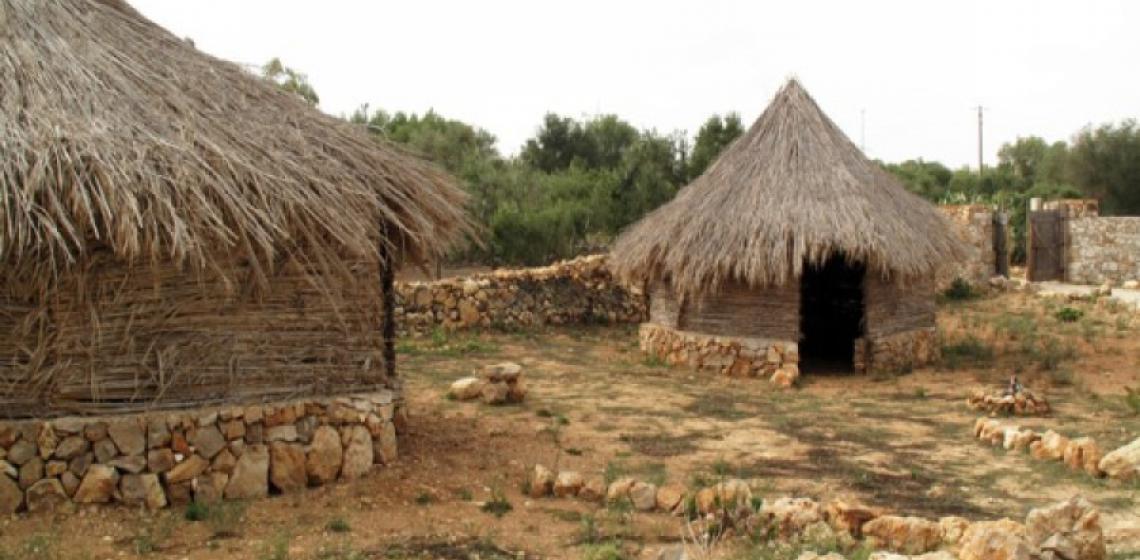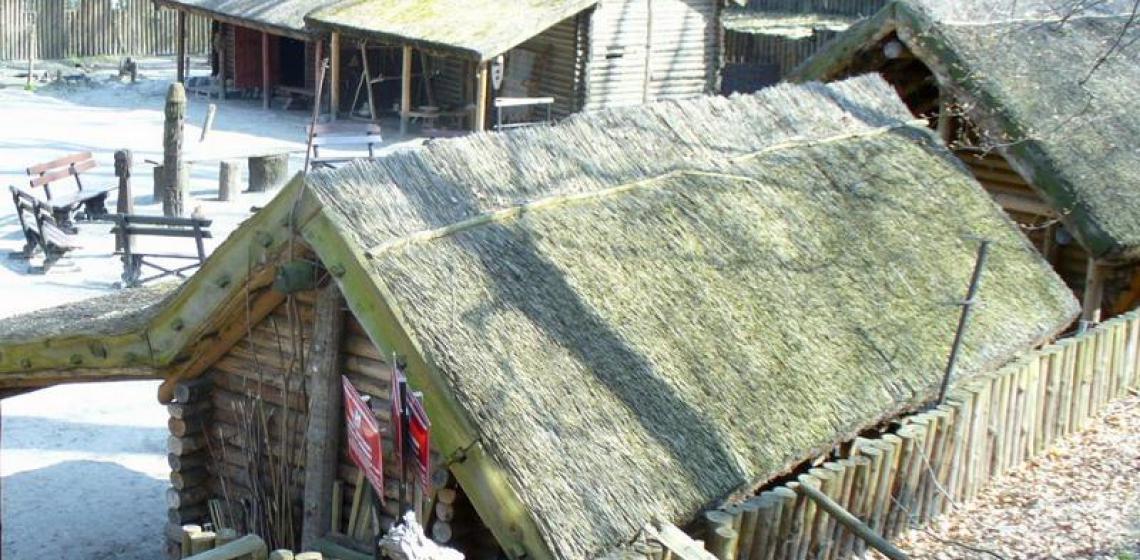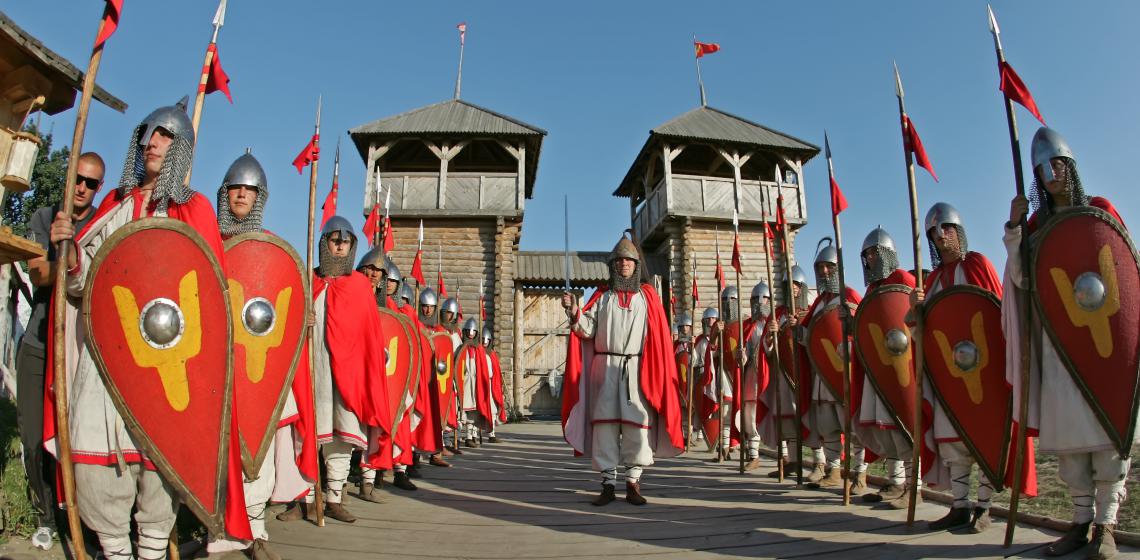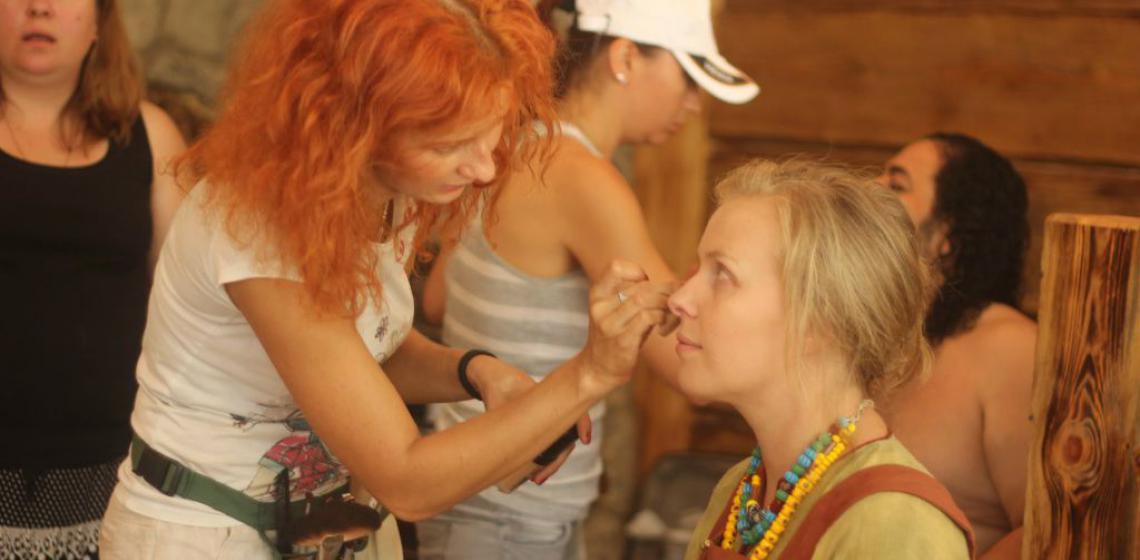Fort Osage (US)
Fort Osage (also known as Fort Clark or Fort Sibley) was part of the United States factory trading post system for the Osage Nation in the early 19th century near Sibley, Missouri.
The fort ceased operations in the 1820s as the Osage in subsequent treaties ceded the rest of their land in Missouri. A replica of the fort was rebuilt on the site in the 1950s.
Fort Osage (also known as Fort Clark or Fort Sibley) was part of the United States factory trading post system for the Osage Nation in the early 19th century near Sibley, Missouri...

